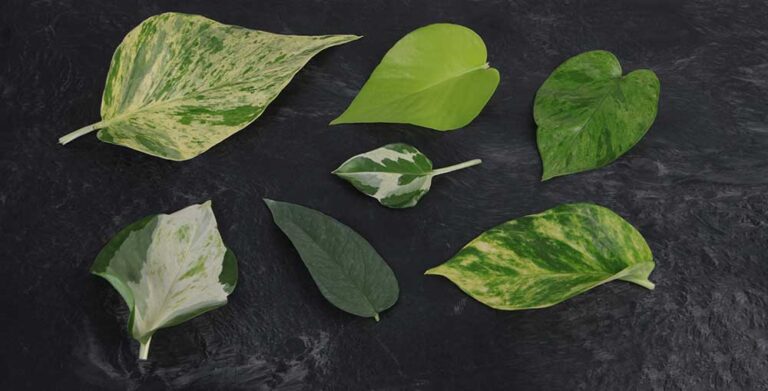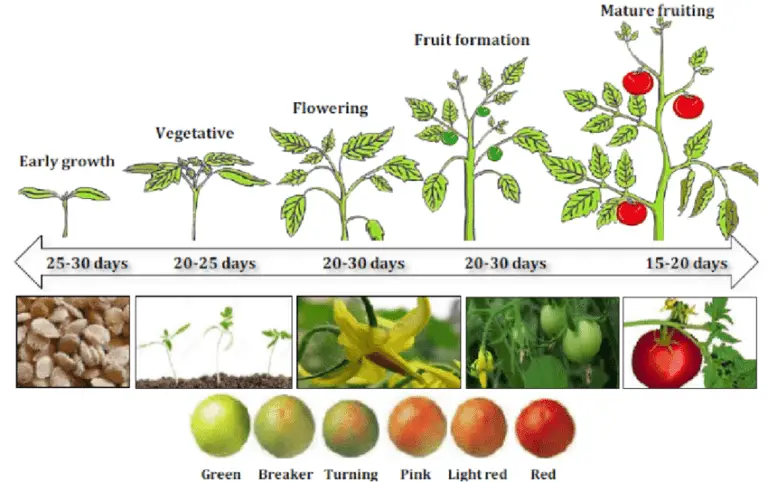Calendula Cultivation: Growing Vibrant Edible Blooms
Table of Contents
Benefits of Growing Calendula Cultivation in Your Garden
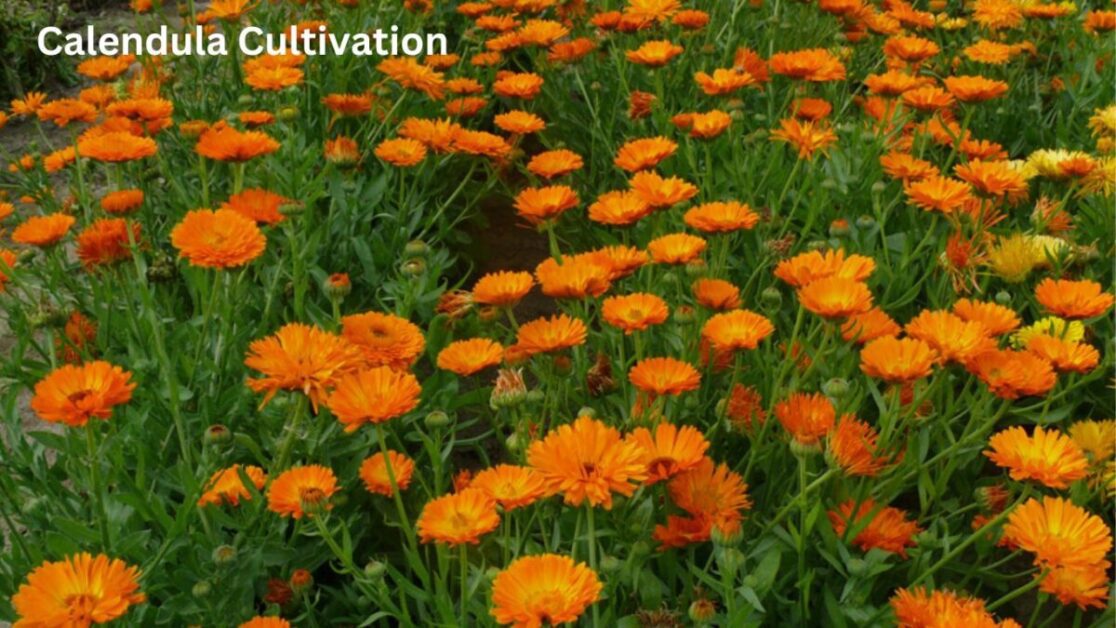
Calendula Cultivation, commonly known as pot marigold, is a versatile and beneficial addition to any garden. Its bright and cheery flowers not only add a pop of color to your outdoor space but also offer a range of practical advantages. One of the main benefits of growing calendula in your garden is its natural pest-repelling properties. The strong scent of calendula flowers helps to deter pests like aphids, whiteflies, and tomato hornworms, making it a valuable companion plant for your other crops. Additionally, calendula attracts beneficial insects such as ladybugs and lacewings, which can help keep harmful pests in check, promoting a healthy garden ecosystem.
Moreover, calendula is a wonder herb with various medicinal uses. Its flowers have anti-inflammatory, antiseptic, and antibacterial properties, making them a valuable ingredient in herbal remedies and skincare products. Calendula-infused oils and salves are popular for treating minor skin irritations, cuts, and bruises. By growing calendula in your garden, you not only enhance the aesthetic appeal of your outdoor space but also have a readily available source of natural healing remedies at your fingertips.
Choosing the Right Location for Calendula Cultivation
When choosing the right location for your calendula plants, it’s essential to prioritize sunlight exposure. Calendula Cultivation thrives in full sun, requiring at least 6-8 hours of direct sunlight daily to bloom profusely and maintain healthy growth. Identify a spot in your garden that receives ample sunlight throughout the day, preferably in the morning to early afternoon when the rays are not as harsh.
In addition to sunlight, Calendula Cultivation plants also prefer well-draining soil to prevent waterlogging, which can lead to root rot and other issues. Select a location with soil that is rich in organic matter and loamy, allowing for proper drainage while retaining enough moisture for the plants to flourish. Avoid areas with compacted or clay-heavy soil, as these can hamper root development and overall plant health. Conduct a soil test if necessary to assess the soil’s pH levels and nutrient content, making any amendments as recommended for optimal growing conditions.
Preparing the Soil for Calendula Cultivation
Before planting your calendula seeds or seedlings, it is crucial to ensure that the soil is well-prepared to provide the optimum growing conditions for these vibrant flowers. Calendula Cultivation plants thrive in well-drained soil that is rich in organic matter and slightly acidic to neutral in pH. To prepare the soil for calendula cultivation, start by clearing the area of any debris, rocks, or weeds that may impede growth.
Next, loosen the soil to a depth of about 6-8 inches using a gardening fork or tiller. This step helps improve aeration and drainage, allowing the roots of the calendula plants to spread easily and access essential nutrients. Incorporating compost or well-aged manure into the soil can further enhance its fertility, providing the necessary nutrients for robust growth and vibrant blooms. Remember that a fertile and well-drained soil not only supports healthy plant development but also helps reduce the risk of common plant diseases that may affect calendula.
Starting Calendula Cultivation Indoors
To start growing calendula seeds indoors, ensure you have a suitable container with drainage holes to prevent waterlogging. Use a well-draining potting mix rich in organic matter to promote healthy root development. Plant the seeds about 1/4 inch deep and lightly cover them with soil. Water gently, keeping the soil consistently moist but not soggy. Place the container in a warm location receiving indirect sunlight for germination, which usually takes around 7-14 days. Once the seedlings emerge, ensure they receive ample light to prevent legginess and promote sturdy growth.
As the seedlings develop, thin them out to provide enough space for each plant to flourish. Consistent moisture is key during the seedling stage to prevent drying out or overwatering. Consider using a gentle misting technique to avoid disturbing the delicate roots. Providing a warm environment, around 60-70°F (15-21°C), will encourage robust growth. As the seedlings mature, they will require more light to thrive. Consider using grow lights or placing them near a sunny window to ensure they receive adequate sunlight for healthy development.
Transplanting Calendula Cultivation Seedlings Outdoors
When transplanting calendula seedlings outdoors, it is crucial to choose a location that receives plenty of sunlight. Calendula Cultivation plants thrive in full sun, so selecting a spot with at least 6-8 hours of direct sunlight per day will promote healthy growth and abundant flowering. Additionally, ensure that the soil in the chosen location is well-draining to prevent waterlogging, which can lead to root rot in calendula plants.
Before transplanting the seedlings, prepare the soil by removing any weeds and loosening the earth to a depth of about 6-8 inches. Incorporating organic matter such as compost or aged manure can help improve soil fertility and structure, providing an ideal growing environment for the Calendula Cultivation plants. When transplanting the seedlings, be gentle to avoid damaging the delicate roots. Plant each seedling at the same depth as it was in the seedling tray, and space them at least 12 inches apart to allow for proper air circulation and prevent overcrowding as they mature.
Caring for Calendula Cultivation Plants: Watering and Sunlight Needs
Calendula plants thrive in full sun, requiring at least 6-8 hours of sunlight daily to grow and bloom optimally. When choosing the right spot for your Calendula Cultivation plants, prioritize locations with ample sunlight exposure throughout the day. Insufficient sunlight can lead to leggy growth and reduced flower production, affecting the overall health and vibrancy of your calendula plants.
In terms of watering, Calendula Cultivation plants prefer well-draining soil to prevent waterlogging, which can cause root rot and other issues. Water your Calendula Cultivation plants deeply but infrequently, allowing the soil to dry out slightly between waterings to promote healthy root development and prevent fungal diseases. Stick to a regular watering schedule, adjusting based on weather conditions and the moisture needs of your specific growing environment. It’s essential to strike a balance to avoid overwatering, which can be detrimental to the growth and longevity of your calendula plants.
Fertilizing Calendula for Optimal Growth
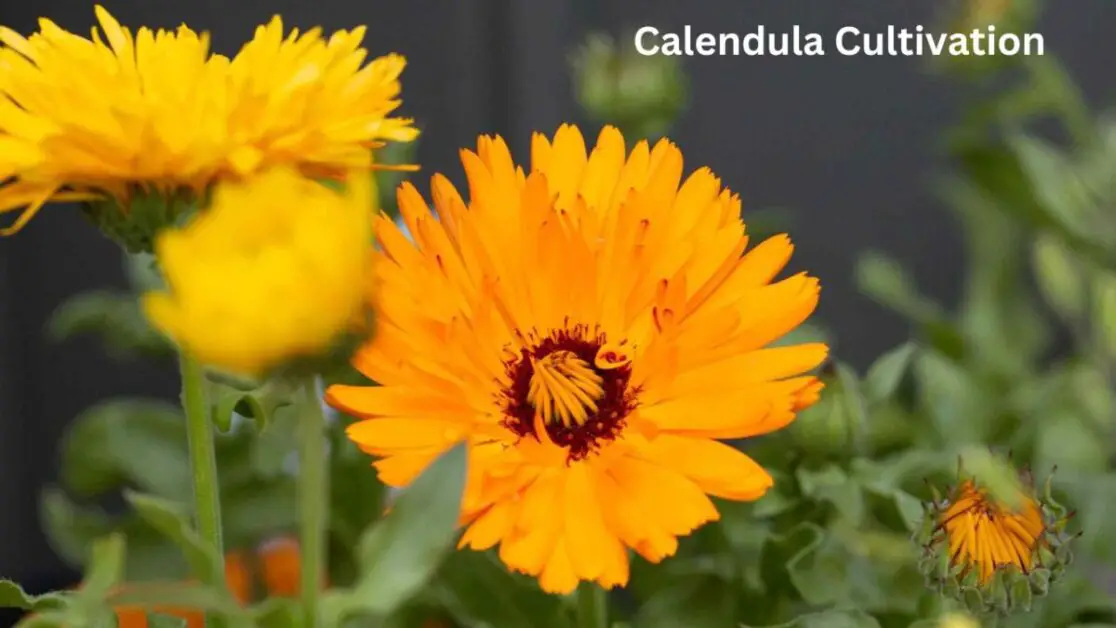
To ensure optimal growth and blooming of your calendula plants, proper fertilization is key. Calendula is not a heavy feeder, so it’s important not to over-fertilize, as this can lead to excessive foliage growth with fewer flowers. A balanced fertilizer with equal parts nitrogen, phosphorus, and potassium, such as a 10-10-10 formula, can be beneficial for calendula plants.
Applying a diluted liquid fertilizer every 2-3 weeks during the growing season can help promote healthy growth and vibrant blooms. Avoid high-nitrogen fertilizers, as they can result in leggy growth instead of compact and sturdy plants. Always follow the manufacturer’s instructions for the correct dilution ratio to prevent fertilizer burn, which can harm the roots of the plants. Remember, a little goes a long way when it comes to fertilizing Calendula Cultivation for optimal growth.
Dealing with Common Pests and Diseases in Calendula Plants
To maintain the health and vitality of your Calendula Cultivation plants, it is essential to be proactive in dealing with common pests and diseases that may affect them. One common pest that can plague calendula plants is aphids. These tiny insects feed on plant sap and can weaken the overall health of the plant if left unchecked. To combat aphids, you can introduce natural predators like ladybugs or use insecticidal soap to control their population effectively.
Additionally, calendula plants are susceptible to diseases such as powdery mildew, which can manifest as a white powdery substance on the leaves. To prevent powdery mildew, ensure proper air circulation around the plants by spacing them adequately. Avoid overhead watering to reduce moisture on the leaves, as this can create a conducive environment for the fungus to thrive. If powdery mildew does occur, treat the plants with fungicidal sprays approved for calendula cultivation to help manage the infection.
Harvesting Calendula Flowers for Culinary and Medicinal Use
Harvesting Calendula Cultivation flowers is a rewarding task that allows you to enjoy the benefits of this versatile plant in both culinary and medicinal applications. When the flowers are fully bloomed, it is time to gather them for optimal freshness and potency. To harvest calendula flowers for culinary use, gently pluck the flower heads from the plant, making sure to remove any green parts. These vibrant petals can be used fresh in salads, soups, stews, or desserts to add a pop of color and mild tangy flavor.
In the realm of herbal medicine, harvesting Calendula Cultivation flowers at their peak ensures you capture the highest concentration of beneficial compounds. Calendula flowers are renowned for their anti-inflammatory, antimicrobial, and skin-soothing properties, making them a valuable addition to homemade salves, creams, and tinctures. To harvest for medicinal use, carefully pluck the flower heads and gently dry them in a well-ventilated area away from direct sunlight. Once dried, the flowers can be stored in airtight containers for future use in various herbal remedies.
Drying Calendula Flowers for Long-Term Storage
After harvesting your calendula flowers, drying them properly is crucial for long-term storage and preserving their potency. To dry calendula flowers, ensure they are free from moisture by picking them on a dry day when the morning dew has evaporated. Spread the flowers in a single layer on a clean, dry surface in a well-ventilated area away from direct sunlight to prevent the loss of their vibrant color and beneficial properties.
As the flowers dry, gently turn them every few days to promote even drying and prevent molding. Depending on environmental conditions, calendula flowers can take about one to two weeks to completely dry. Once the flowers feel crispy to the touch and stems are brittle, store them in airtight containers away from light, heat, and humidity to maintain their quality for future use in teas, tinctures, or as decorative elements in potpourri.
Creating Calendula Cultivation -infused Oils and Salves
Calendula-infused oils and salves are popular herbal remedies known for their medicinal properties and soothing effects on the skin. To create these potent concoctions, start by harvesting fresh calendula flowers at their peak bloom. Lightly rinse them to remove any debris and let them air dry completely to prevent mold formation during the infusion process.
Next, place the dried calendula petals in a clean glass jar and cover them with a carrier oil such as olive, almond, or coconut oil. Ensure that the flowers are fully submerged in the oil to facilitate proper extraction of their beneficial compounds. Seal the jar tightly and store it in a cool, dark place for at least four weeks, shaking it gently every few days to enhance the infusion process. Once the oil has absorbed the essence of the calendula petals, strain out the solid particles and transfer the fragrant liquid into a new container for use in various skincare applications or as a base for homemade salves.
Exploring Different Culinary Uses for Calendula Petals
Calendula petals are not just visually appealing but also add a delicate flavor to various dishes. These vibrant petals can be used in a variety of culinary creations, from salads to desserts, to infuse a touch of color and taste. One popular way to utilize calendula petals is by incorporating them into butter or cream cheese to spread on bread or crackers for a unique and colorful appetizer. Their slightly peppery and tangy notes can complement the richness of dairy products, creating a harmonious blend of flavors that is sure to impress your guests.
Moreover, calendula petals can be a delightful addition to baked goods, such as muffins, scones, or even cakes. When mixed into the batter, these petals infuse a subtle floral essence that elevates the taste profile of the baked treats. The bright hues of calendula petals can also be used to garnish dishes like soups, stews, or pasta, adding a pop of color and a hint of flavor to the presentation. Whether used fresh or dried, calendula petals can bring a touch of sunshine to your culinary creations and elevate them to a whole new level of gastronomic delight.
Using Calendula Flowers to Brighten Up Salads and Desserts
Calendula flowers are not only a beautiful addition to your garden but can also be used to enhance the visual appeal of your dishes. When it comes to brightening up salads and desserts, calendula petals offer a pop of color and a subtle peppery flavor that can elevate the overall presentation and taste of your culinary creations. Imagine a vibrant mix of fresh greens accented with the sunny hues of calendula petals, or a delicate dessert garnished with these edible flowers for an added touch of elegance.
In salads, calendula flowers can bring a cheerful contrast to the greens, creating a visual feast that is as delightful to the eyes as it is to the palate. When sprinkled over desserts, such as cakes, tarts, or puddings, calendula petals can add a whimsical touch, turning simple treats into stunning masterpieces. Whether you’re hosting a dinner party or simply looking to add a splash of color to your everyday meals, incorporating calendula flowers into your dishes is a creative way to celebrate the beauty and versatility of these captivating blooms.
Sharing Calendula Plants with Friends and Family
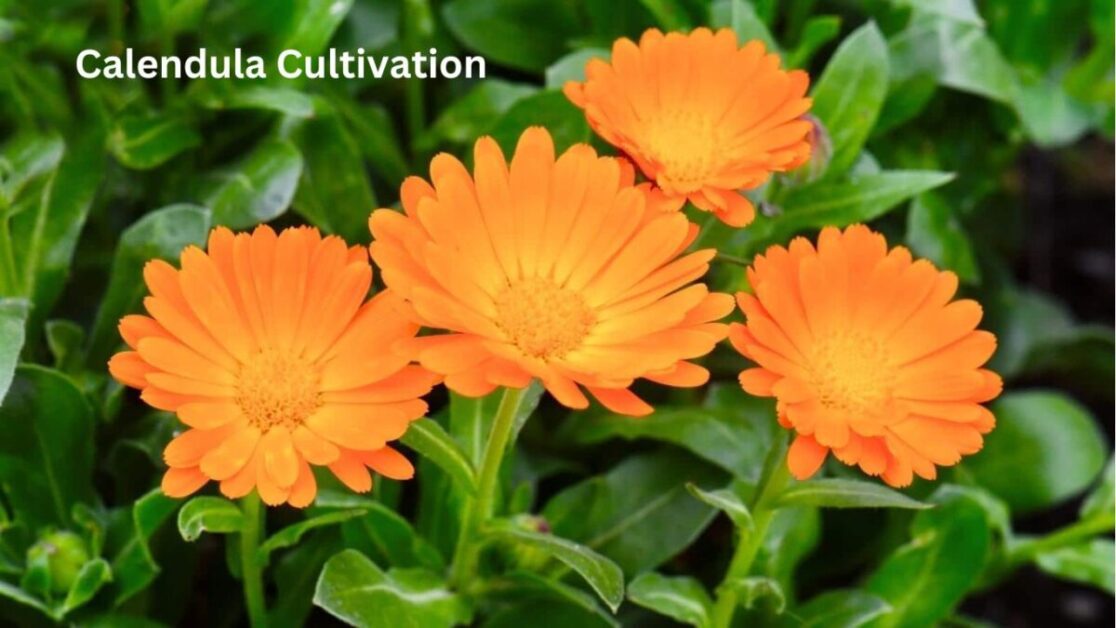
Sharing the beauty and benefits of calendula plants with friends and family is a wonderful way to spread joy and wellness. Whether you have an abundance of calendula flowers or seedlings, gifting them to loved ones can introduce them to the versatility of this vibrant plant. Calendula’s bright petals can be used in a variety of culinary dishes, teas, and homemade skincare remedies, making it a thoughtful and practical present for anyone interested in natural living and gardening.
Moreover, sharing calendula plants can also inspire others to start their own garden and experience the joy of nurturing these cheerful blooms. By exchanging gardening tips, experiences, and seeds with friends and family, you can create a sense of community and camaraderie centered around the shared love for growing and utilizing this versatile herb. Encouraging others to cultivate calendula plants not only enriches their lives but also contributes to the collective appreciation of nature’s gifts and the beauty of sustainable living practices.
here’s a simple table about Calendula cultivation:
| Aspect | Information |
|---|---|
| Botanical Name | Calendula officinalis |
| Common Names | Marigold, Pot Marigold |
| Family | Asteraceae |
| Native To | Southern Europe, Mediterranean region |
| Hardiness Zones | 2-11 |
| Sun Exposure | Full sun to partial shade |
| Soil Type | Well-drained, fertile |
| Soil pH | Neutral to slightly alkaline (6.0-7.0) |
| Watering | Moderate; keep soil evenly moist |
| Planting Time | Spring, after the last frost |
| Planting Depth | Surface sow (lightly press seeds into soil) |
| Spacing | 9-12 inches apart |
| Germination Time | 7-14 days |
| Growth Habit | Compact, bushy |
| Height | 12-24 inches |
| Flower Color | Bright yellow or orange |
| Bloom Time | Spring to frost |
| Propagation | Seeds, division |
| Pests/Diseases | Generally pest and disease resistant |
| Harvesting | Pick flowers when fully open, in the morning |
| Uses | Culinary (edible petals), medicinal, ornamental |
| Companion Plants | Herbs, vegetables, other flowers |
This table provides basic information about cultivating Calendula, including its botanical details, cultivation requirements, and common uses.
Celebrating the Beauty and Versatility of Calendula in Your Garden
Calendula, also known as pot marigold, is a delightful addition to any garden with its vibrant blooms and versatile uses. Beyond its aesthetic appeal, calendula offers a range of benefits that make it a must-have for gardening enthusiasts. From attracting pollinators to the garden to its culinary and medicinal uses, this versatile flower is a true gem in the plant kingdom.
The beauty of calendula extends beyond its visual charm; it is also a powerhouse of nutrients and compounds that offer various health benefits. With its anti-inflammatory, antibacterial, and antioxidant properties, calendula is not just a pretty face in the garden but also a valuable asset in promoting overall well-being. Whether you are infusing oils for skincare or adding petals to your salads, the versatility of calendula knows no bounds, making it a favorite among gardeners seeking both beauty and functionality in their green spaces.
Can calendula be used in skincare products?
Yes, calendula is often used in skincare products for its anti-inflammatory and healing properties.
Are there any specific companion plants that go well with calendula?
Calendula pairs well with plants like lavender, marigolds, and daisies in the garden.
Is calendula safe for pets?
Calendula is generally safe for pets, but it’s always best to check with a veterinarian before introducing any new plant into your pet’s environment.
Can calendula be grown in containers?
Yes, calendula can be grown in containers, as long as they have enough space for root growth and receive adequate sunlight.
How can I use calendula-infused oils and salves?
Calendula-infused oils and salves can be used topically for minor cuts, bruises, and skin irritations.
Are there any specific culinary dishes where calendula petals work best?
Calendula petals can add a pop of color and flavor to dishes like salads, soups, and desserts.
How can I share calendula plants with friends and family?
You can propagate calendula plants by collecting seeds or dividing existing plants to share with others.
Can calendula be used as a natural dye?
Yes, calendula petals can be used to create a natural yellow dye for fabrics and other materials.




